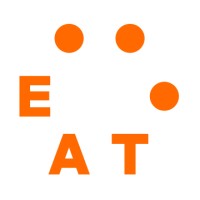
Servicepunt71
Servicepunt71, shared service organisatie voor de interne bedrijfsvoering in de publieke sector Servicepunt71 zorgt sinds 1 januari 2012 voor de interne bedrijfsvoering van de gemeenten Leiden, Leiderdorp, Oegstgeest en Zoeterwoude en de eigen organisatie. De gemeenten zijn tevens eigenaar. Servicepunt71 levert producten en diensten op het gebied van ICT, HRM, Financiën, Juridische Zaken en Inkoop en voor de gemeenten Leiden en Leiderdorp ook Facilitaire Zaken.






